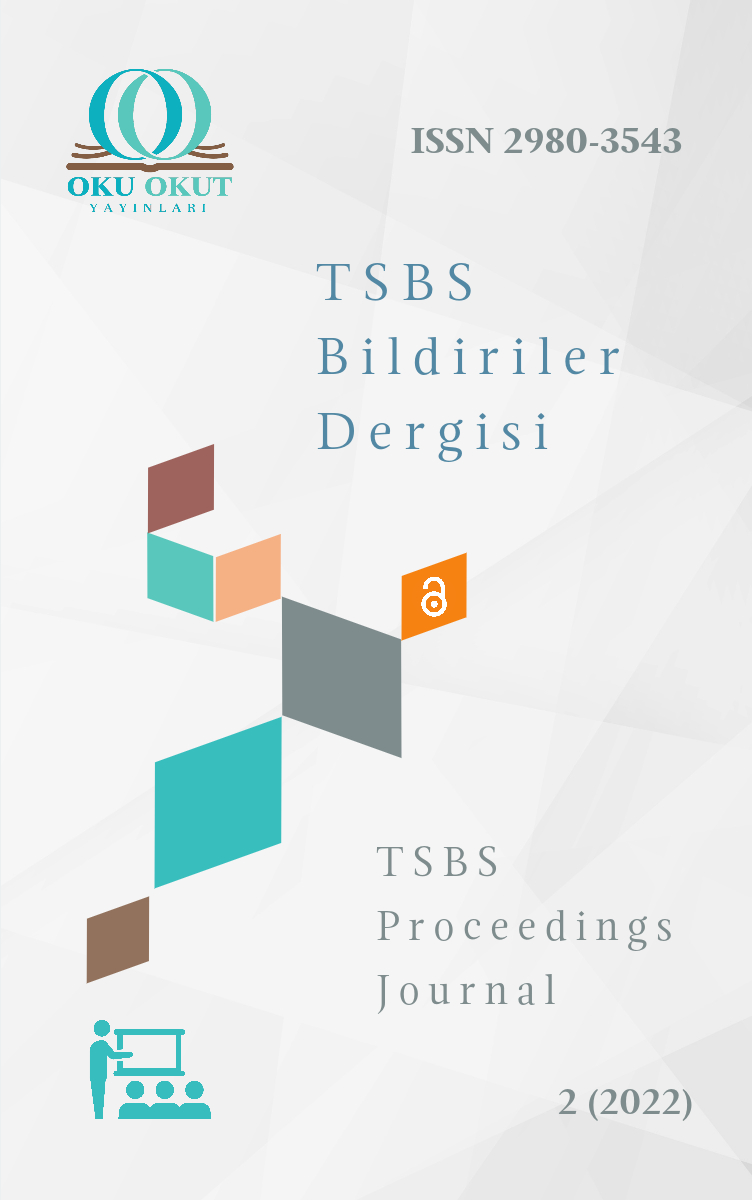Mahmoud Mohamed Shaker's Reading Philosophy and Methodology for Revival of Tradition
Mahmûd Muhammed Şâkir'in Geleneğin İhyasına Dönük Okuma Felsefesi ve Metodolojisi

Telif Hakkı (c) 2022 Arş. Gör. İsmail Araz (Doktora Öğrencisi)
Bu çalışma Creative Commons Attribution-NonCommercial 4.0 International License ile lisanslanmıştır.
CC BY-NC 4.0 lisansı, eserin ticari kullanım dışında, her türlü ortam ve formatta paylaşılmasına, kopyalanmasına, çoğaltılmasına ve orijinal esere uygun şekilde atıfta bulunmak kaydıyla yeniden düzenlenmesine, dönüştürülmesine ve eser üzerine inşa edilmesine izin verir.
İndir
Makale Bilgileri
- Konu Tefsir - Kıraat
- Gönderim 5 Temmuz 2022
- Yayım 14 Ağustos 2022
- Sayı Sempozyum 2 (2022): TSBS Bildiriler Dergisi
- Bildiri Bilim Alanı Tefsir - Kıraat






